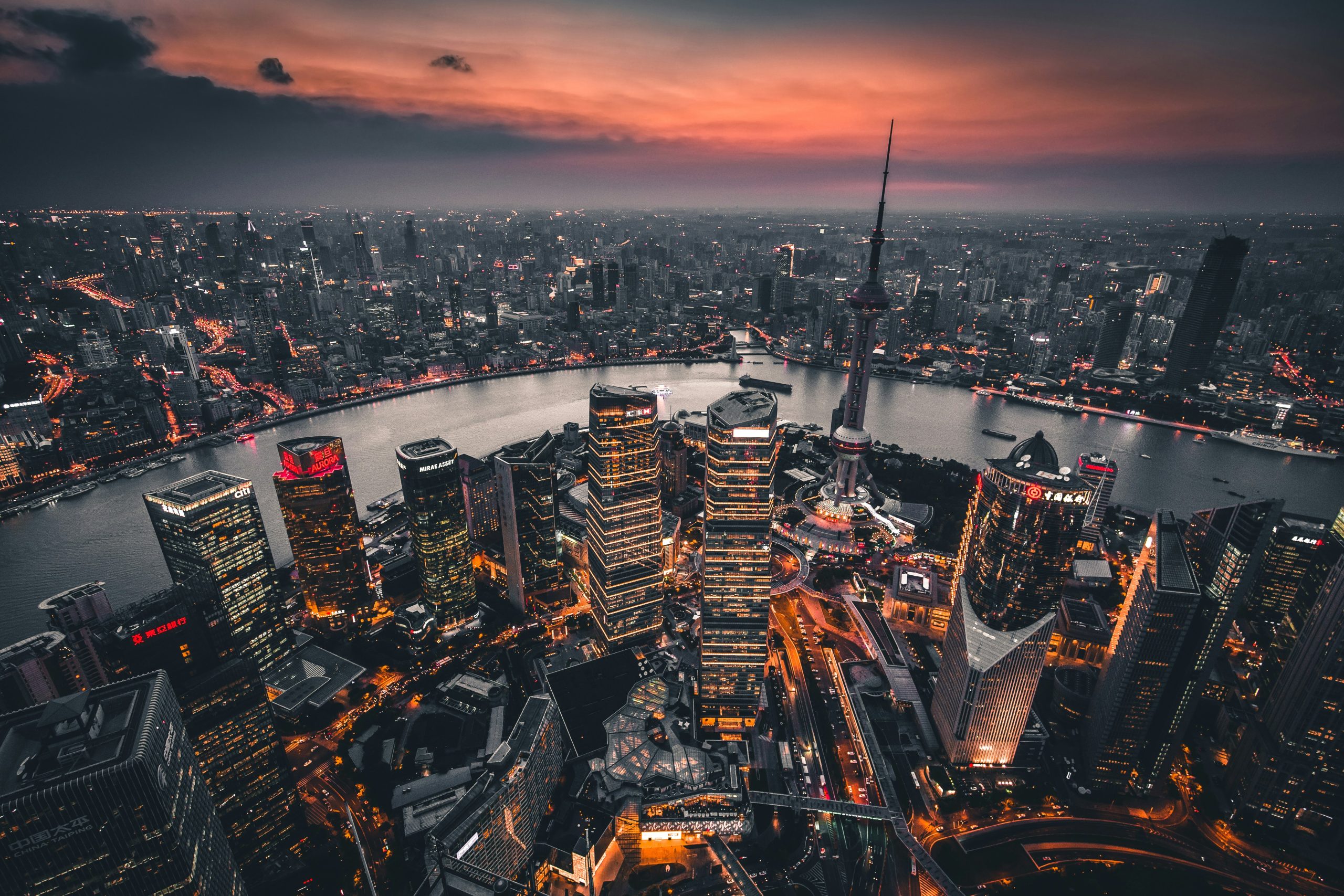A 2022 trip to Dubai made me wonder how much research there was on the effects cities, especially those that are rapidly urbanising as well as are building taller, wider structures more closely packed together, had on the winds that passed through them. I found only a few studies then. One said the world’s average wind speed had been increasing since 2010, but its analysis was concerned with the output of wind turbines, not the consequences within urban settlements. Another had considered reducing wind speed within cities as a result of the Venturi effect by planting more trees. I also found a The New York Times article from 1983 about taller skyscrapers directing high winds downwards, to the streets. That was largely it. Maybe I didn’t look hard enough.
On June 11, researchers in China published a paper in the Journal of Advances in Modelling Earth Systems in which they reported findings based on a wind speed model they’d built for Shanghai city. According to the paper, Shanghai’s built-up area could slow wind speed by as much as 50%. However, they added, the urban heat-island effect could enhance “the turbulent exchange in the vertical direction of the urban area, and the upper atmospheric momentum is transported down to the surface, increasing the urban surface wind speed”. If the heat-island effect was sufficiently pronounced, then, the wind may not slow at all. I imagine the finding will be useful for people considering the ability of winds to transport pollutants to and disperse them in different areas. I’m also interested in what the model shows for Delhi (which can be hotter), Mumbai (wetter), and Chennai (fewer tall buildings). The relationship between heat-islands and the wind energy is also curious because city parts that are windier are also less warm.
But overall, even if the population density within skyscrapers may be lower than in non-skycraping buildings and tenements, allowing them to built closer together, as is normal in cities like Dubai, where these buildings are almost all located in a “business district” or a “financial district”, could also make it harder for the wind to ventilate these spaces.
